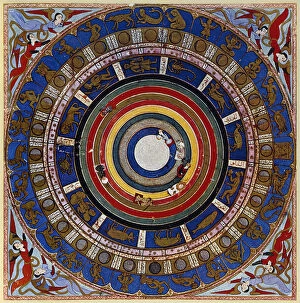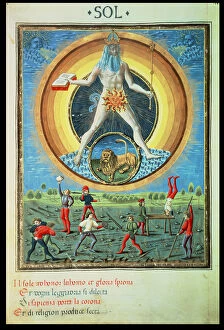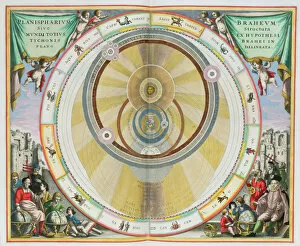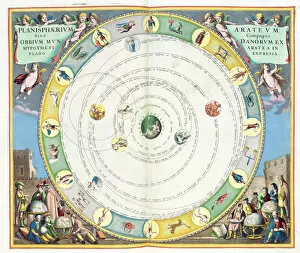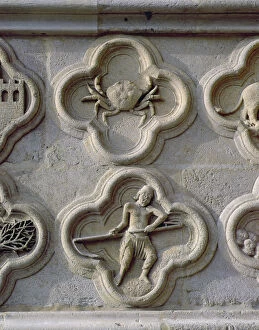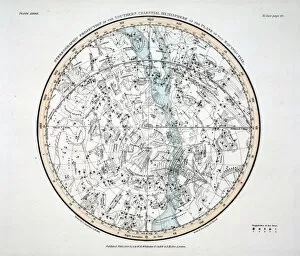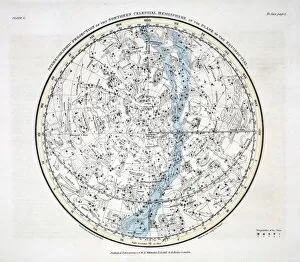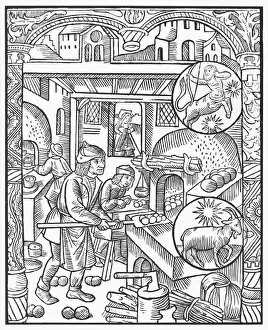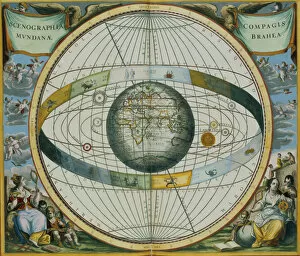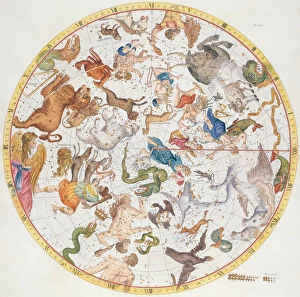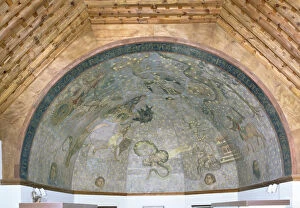Zodiacal Collection (page 3)
The concept of the zodiacal has fascinated humanity for centuries, as evidenced by various artistic and scientific representations throughout history
All Professionally Made to Order for Quick Shipping
The concept of the zodiacal has fascinated humanity for centuries, as evidenced by various artistic and scientific representations throughout history. One such remarkable depiction is found in the Zodiac mosaic at the Beit Alpha Synagogue in Israel, dating back to the 6th century. This intricate mosaic showcases a celestial map, with each zodiac sign beautifully crafted. In exploring the zodiacal realm further, we encounter captivating celestial illustrations like Andreas Cellarius' Atlas Coelestis. His work from the 17th century presents us with an enchanting portrayal of constellations such as Scorpius and Capricorn, capturing their ethereal beauty on paper. Delving deeper into ancient beliefs and practices tied to astrology, we come across intriguing artifacts like "The Zodiac Man. " This woodcut from Johannes de Ketham's Fasciculus Medicinae (1493) reveals how astrological signs were once associated with bloodletting techniques and specific regions of the body. As our understanding of astronomy evolved over time, so did our depictions of celestial bodies. Copperplate engravings from Andreas Cellarius' Harmonia Macrocosmica (1660) depict Copernicus and Ptolemy alongside a sun-centered model of our solar system – a revolutionary shift in perspective that forever changed our perception of the cosmos. Alchemy also played a role in interpreting cosmic phenomena. Stephan Michelspacher's Alchemia (1654) features an engraving known as "ALCHEMY: MOUNTAIN, " depicting adepts seeking enlightenment atop a mystical mountain believed to house secrets like the Philosopher's Stone. Venturing beyond Europe, Carel Allard's Southern Hemisphere constellation map offers us insight into how different cultures interpreted heavenly patterns. Meanwhile, an Indian Sanskrit star map from 1840 provides a fascinating glimpse into astrology's global reach during this era. Finally, we encounter Leo depicted in Sefer Evronot (1716), a Hebrew book about the Jewish calendar.

